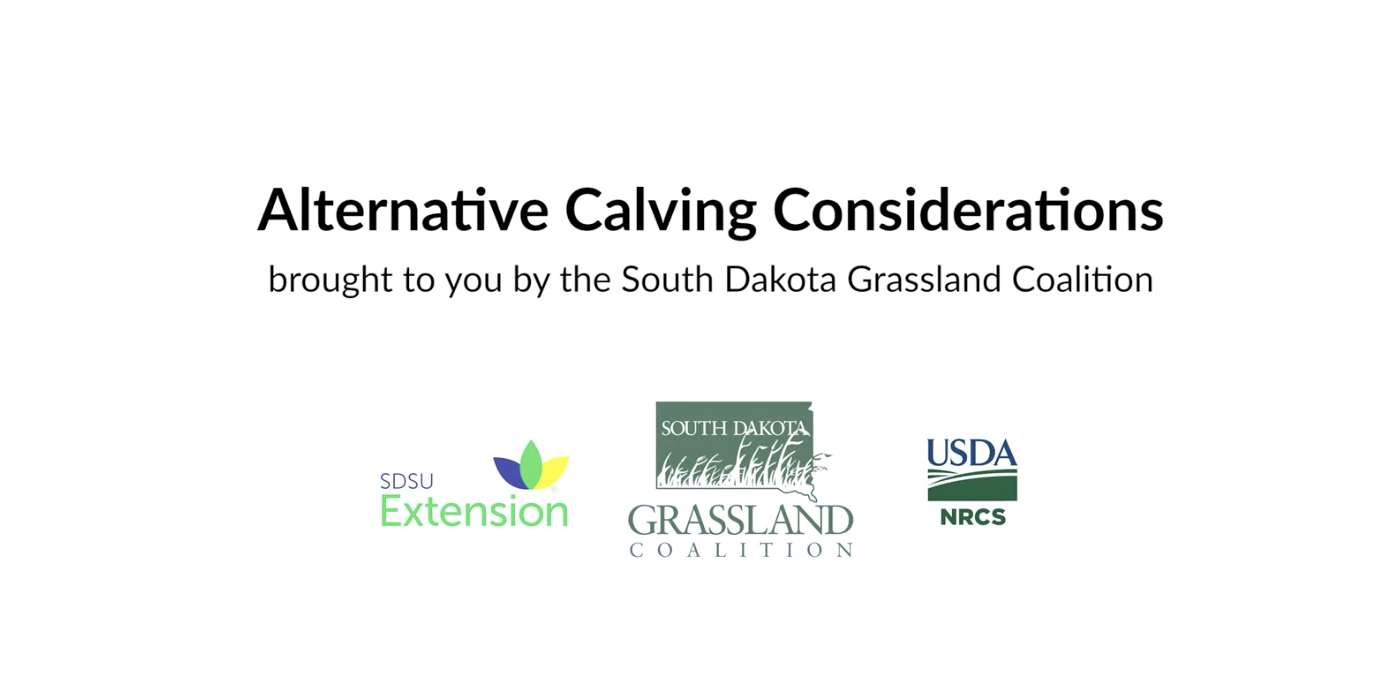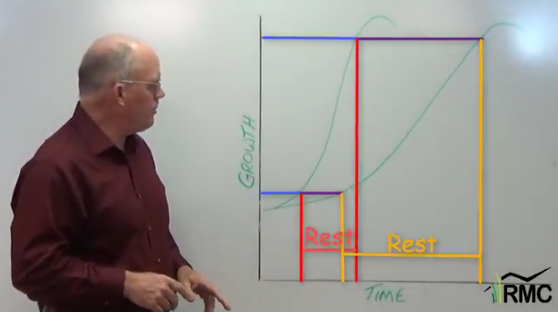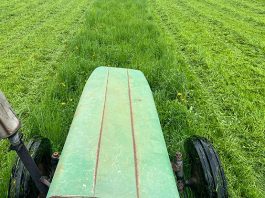It’s always helpful to hear from fellow graziers about why they do what they do, especially when it comes to discussions of why and how changes they’ve made have improved their profitability and reduced their stress. That’s what you’ll find in this 6:46 video. It’s part of a series from the South Dakota Grassland Coalition featuring interviews with ranchers who have discovered the benefits of matching calving to their ranch resources.
In this episode, ranchers were asked to talk about their forage and livestock and how they manage to provide the right quality and quantity at different times of the year to meet the needs of calves and cows. I’ve transcribed the video below, and added some headlines to target specific topics so you can more easily zero in on the great ideas they’re sharing.
Enjoy!
Transcript:
Luke Perman: I’m way more focused on the grass than the livestock. Livestock got to fit the resource in my mind.
This rancher provides pheasant hunting leases. The plots he plants for good pheasant habitat turn into good feed for May calving cows.
Gene Holt: With the pheasant hunting thing, and the way we’re structuring our production cycle and what not we see them kind of fit together pretty seamlessly. The plots that we plant for birds we can use and graze with the cows late winter. So they’ll provide for the bird but it’s also providing for our cow herd. So it helps drive that cost down of planting that plot.
And another point on that, not to take anything away from the CRP program, but our stockpiled grass works the same way and it fills that gap in our grazing in a March or April type time frame. Where it’s doing that same thing for the pheasant, but it’s providing that purpose for cow feed also – standing feed.
May calving changed Rick Smith’s operation completely. He quit growing grains and increased the size of his cow herd instead.
Rick Smith: When we went to May and June, I didn’t need that structure, so at those times too, then I was farming and there was cash grain. I was selling cash grain also. When I went later, I could increase the cow herd. We transitioned from cash grain all into livestock. So no more cash grain, raised some feed on some of those acres, some became pasture, our cow herd became larger.
A Look at Providing Nutritious Foragd
Jim Faulstitch: That was probably my biggest concern by moving to May is being able to have quality forage out there going into breeding season with it being later. We’ve addressed that by changing some of our forage programs. We’ve planted some marginal ground back to warm season native grasses so that we do have better quality forage say in July/August and going into early September. Again, that also fit in really nice with our wildlife plans and our hunting enterprises.
It does take additional management to make sure you have forage quality that can still produce going into drought situations. Full season cover crops I think are an excellent way. We do some of that as well, and again, quality cover for wildlife and also either late summer or winter grazing to help keep our resources going.
Josh Lefers: That’s something we can really talk about in depth, but we really try to minimize delivered feed. Everything that they can graze is good for us. It’s kind of struck this balance where we’re at now.
Brett Nix: The one thing that I think gets left out is one of the main drivers to where and when and how you should calve has a lot to do with forage. I think that doesn’t get talked about enough. That’s the key to calving is good forage. So it takes more management. Lot of us would rather do the same old thing and fail than to do something new that might require more management.
Less Hay, More Forage
Rick Doud: We calved March and April for over 25 years. and then we switched. 2002 was our first year of calving in May. Back before that, I knew we had to change – do something different. We were haying for all summer long and feeding all winter. It just wasn’t working. I didn’t have any good hay ground. I scrambled all over the country to find enough hay and then I fed it all winter and then cycle started all over. I knew we had to do something different.
So what really surprised me – we had a hired man that helped us move back to winter pasture in the fall. And when we got into winter pasture, we’d been rotating through the summer pasture for several years and not through winter. And he said, “You know we left more grass in summer pasture than you’ve got in your winter pasture and it’s been setting idle all summer. And I said, You’re right. And I said, What do we do? And he said, I think we need to start rotating through winter pasture. And so that’s what we’ve done. We’ve started winter rotating through some of our winter pastures in the summer time just to stimulate it and help production. And with that we’ve increased our cow numbers tremendously.
Riley Kammerer: So we’re trying to balance our forage resources out so that we can manage away from hay feeding. We’re controlling the time that we’re grazing and we’re giving our pastures more rest. And rest is our biggest deal. I believe it’s led to overgrazing in the same pasture with undergrazed plants right next to it. Our forage utilization is low with the intensive grazing that I’ve done, in a perfect world, if I stopped haying all tyogether, just those hay fields alone, if I intensely grazed them, which is what they need, they need animals put back on, they need manure and they need urine and they need hoof action to break that cap up.
Infrastructure Improves Carrying Capacity and Forage Quality
Dan Hefner: Late ’80s, things were tough in the ’80s, yet land around us was selling so high that there was no way of expanding our operation buying more land, so we decided we had to start improving what we had. And at that time, the soil conservation service had what was called a Great Plains program and we got involved in that. We did a lot of cross fencing, put in a lot of water lines, started rotational grazing system and increased the production on our ranch. Not only increased the carrying capacity, but increased the forage quality along with it the whole time.




